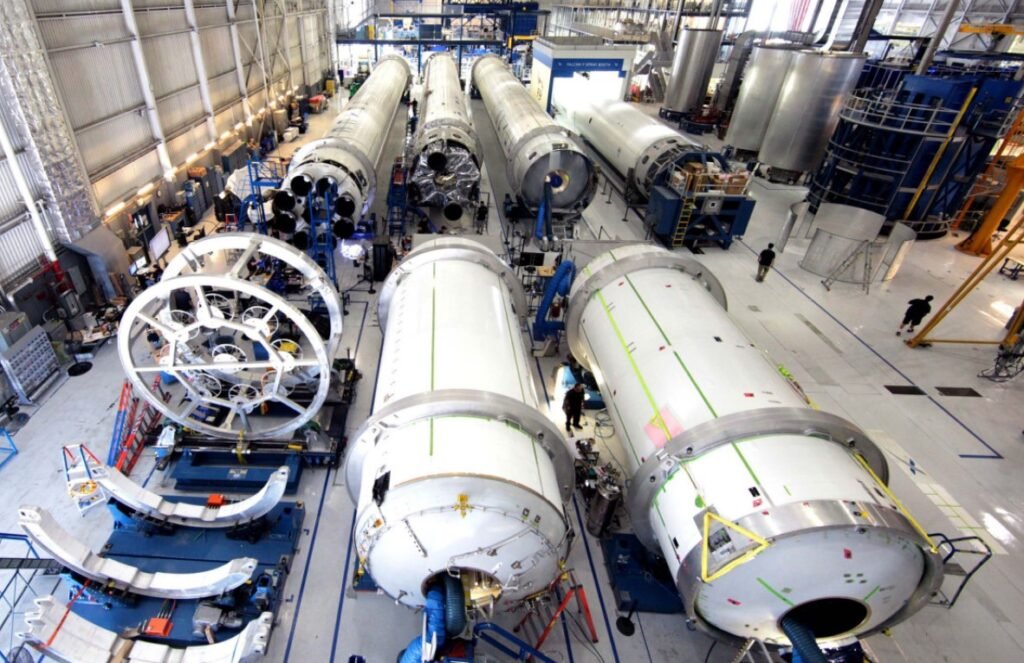The U.S. Treasury Department and the Internal Revenue Service (IRS) have released guidance on how to claim the new tax credit for sustainable aviation fuel (SAF) that was enacted as part of the Inflation Reduction Act (IRA) in August 2022. The new tax credit aims to encourage the production and use of SAF, which can reduce greenhouse gas emissions from aviation by up to 80% compared to conventional jet fuel.
SAF is a type of jet fuel that is made from renewable or waste sources, such as vegetable oils, animal fats, municipal solid waste, or biomass. SAF can be blended with conventional jet fuel and used in existing aircraft engines without any modifications. SAF has the potential to significantly lower the environmental impact of aviation, which accounts for about 2% of global carbon dioxide emissions and 12% of transportation emissions.

According to the International Air Transport Association (IATA), SAF can reduce the life-cycle carbon emissions of aviation by up to 80% compared to conventional jet fuel. SAF can also reduce other pollutants, such as sulfur oxides, nitrogen oxides, and particulate matter, which can affect air quality and human health. SAF can also enhance energy security and create new jobs in the biofuel industry.
However, SAF currently faces several challenges, such as limited availability, high cost, and regulatory uncertainty. SAF accounts for less than 0.1% of the total jet fuel consumption worldwide, and its price is about two to four times higher than conventional jet fuel. SAF also requires certification and approval from various authorities, such as the Federal Aviation Administration (FAA), the Environmental Protection Agency (EPA), and the ASTM International.
How does the new tax credit work?
The new tax credit for SAF was introduced as part of the IRA, which was a $430 billion package of tax cuts and spending measures to stimulate the economy and address the climate crisis. The IRA included several provisions to expand the reach and impact of clean energy tax credits, such as allowing direct payments and transferability for certain credits.
The new tax credit for SAF provides $1.50 per gallon for SAF that reduces life-cycle greenhouse gas emissions by at least 50% compared to conventional jet fuel, and $2.00 per gallon for SAF that reduces emissions by at least 65%. The tax credit is available for SAF produced and sold in the U.S. from January 1, 2023 to December 31, 2026.
The new tax credit also allows SAF producers and blenders to choose between two options: claiming the credit on their tax returns, or transferring the credit to a third party, such as an airline, a fuel distributor, or a financial institution, in exchange for immediate funds. The transfer option is intended to help SAF producers and blenders overcome the cash flow and financing challenges that they may face due to the high cost and low demand of SAF.
The U.S. Treasury Department and the IRS have issued guidance on how to claim and transfer the new tax credit for SAF, including the eligibility criteria, the documentation requirements, and the registration process. The guidance also clarifies how the new tax credit interacts with other existing tax incentives for biofuels, such as the biodiesel and renewable diesel tax credits, and the alternative fuel and alternative fuel mixture tax credits.
What are the expected benefits and impacts of the new tax credit?
The new tax credit for SAF is expected to provide a significant boost to the SAF industry, which has been struggling to scale up and compete with conventional jet fuel. According to a study by the Air Transport Action Group (ATAG), a global coalition of aviation stakeholders, the new tax credit could increase the SAF production in the U.S. from about 4.5 million gallons in 2021 to about 3 billion gallons in 2030, representing about 10% of the domestic jet fuel demand.
The new tax credit could also generate substantial environmental and economic benefits, such as reducing greenhouse gas emissions, creating jobs, and supporting rural development. According to the same study by ATAG, the new tax credit could reduce the carbon emissions from U.S. aviation by about 35 million metric tons per year in 2030, equivalent to taking about 7.5 million cars off the road. The new tax credit could also support about 140,000 jobs and add about $20 billion to the U.S. gross domestic product (GDP) by 2030.
The new tax credit for SAF is also expected to have positive spillover effects on the global aviation sector, which has committed to achieving carbon-neutral growth from 2020 and reducing its net carbon emissions by 50% by 2050, compared to 2005 levels. The new tax credit could help accelerate the development and deployment of SAF around the world, and encourage other countries to adopt similar policies and incentives. The new tax credit could also help foster international cooperation and innovation in the SAF industry, and contribute to the global efforts to combat climate change.
